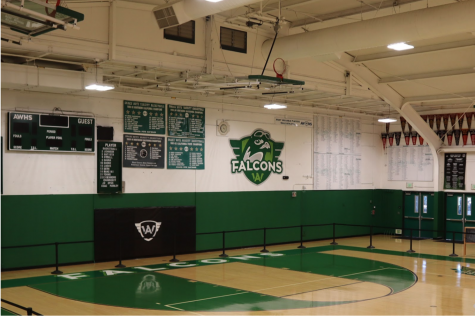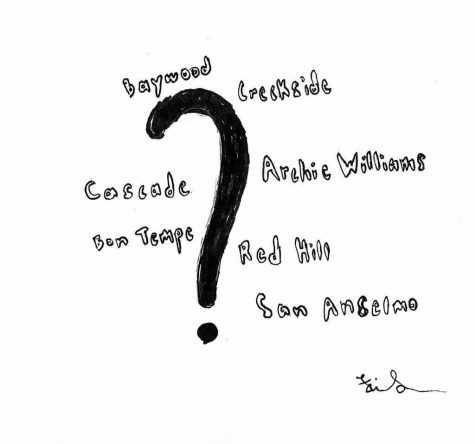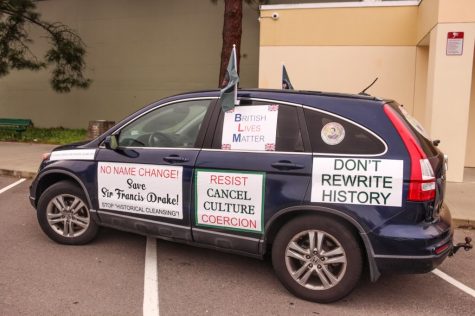Fairfax residents organize to prepare for possibility of fire
December 18, 2017
The recent Sonoma and Napa county fires did not reach Marin, but the impact is felt here. The scenario of a wildfire looms large in the minds of local residents.
Unfortunately, this is not an unlikely scenario in a high risk area like the Ross Valley, which is classified as “urban wilderness interfaces, defined by the U.S. Fish and Wildlife Service on their website as “the zone where natural areas and development meet.”
It is easy to see the appeal of living in these places: while still living near an urban lifestyle the air is fresher and the solitude of nature is within walking distance. However, they also present a unique fire hazard.
The U.S. Forest Service describes it thus “One of the biggest potential threats inherent to living in or near a forest is wildland fire. Not only are homes at risk, but the lives of homeowners and firefighters are at risk.”
On Aug 5, Sleepy Hollow, a massive Urban Wildlife interface, conducted an official evacuation drill. The region is now a FireWise approved community, FireWise being an organization with the National Fire Protection Association.
One of the more prominent local Urban Wilderness Interfaces are the Cascades in south west Fairfax. It is located in the middle of a valley. surrounded on three sides by open space.
There is a misconception, especially among trail literate residents that the fire roads and intricate backwoods trails would be a viable. There is only one viable way out. Around 1,000 people live in this area, and it is not Firewise approved.
On Nov. 18 a meeting was held in the Fairfax Women’s Center to address these issues, hosted by Cascade residents. The discussions were alarming, in a productive way.
Todd Lando, the founder of the fire safety network XMR Fire, put the concerns in perspective.
“In 1923 we saw three fires start in the Bay Area, in total they burned about the footprint of the Atlas fire. I’m convinced this is the fire we should worry about.” These concerns proceed the fire, as a similar meeting was held at the Women’s Center a week before it.
Forestry expert Ray Moritz believes that the cascades have become increasingly flammable since the 1920s. While he thinks climate change has played a part, the main cause is increased vegetation.
“The more plants per unit area, the dryer the landscape. Even without the climate change, there are still too many plants.” Moritz said.
Numerous misconceptions were also cleared up throughout the evening, including those of trail savvy Cascade residents. “Don’t evacuate on a fire road because you are afraid there is fire at the bottom of the main road. None of the fire roads lead to a safer place than where they start.” Lando said.
It was also made clear how you should evacuate. “You’re better off in a traffic jam during a fire than on a bike.”
Perhaps the most important piece of information was how you can make you home more fireproof. “If your house is parklike, meaning it has open, clear space, and if there is an absence of twiggy vegetation, then you have a defensible space.”
For more information, visit Visit FIRESafe Marin.org.









